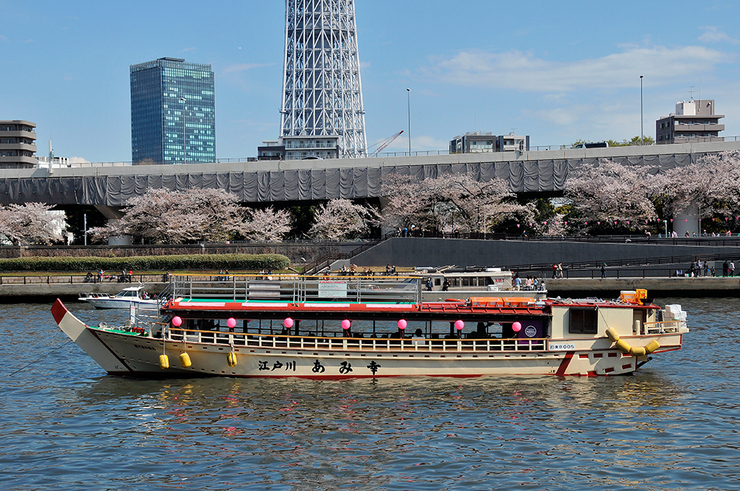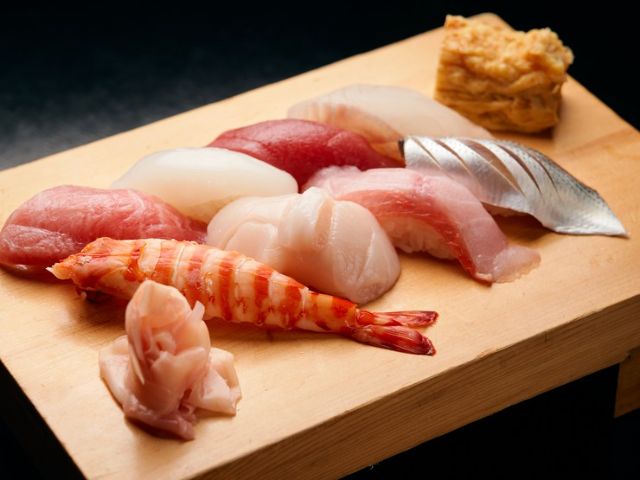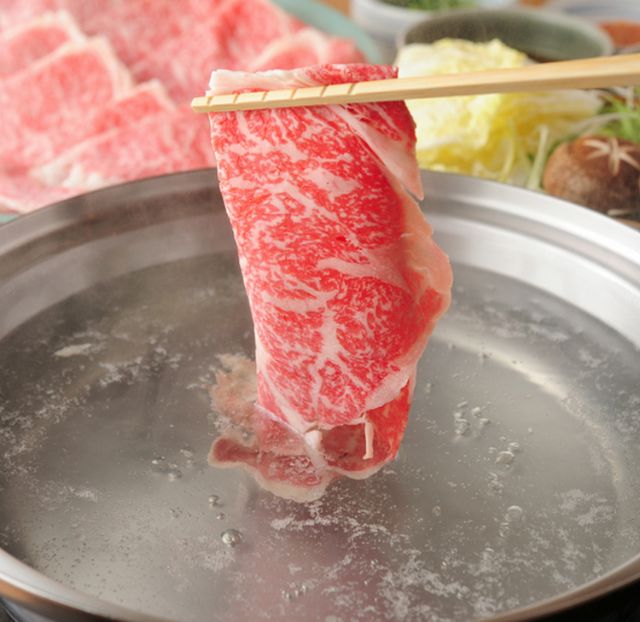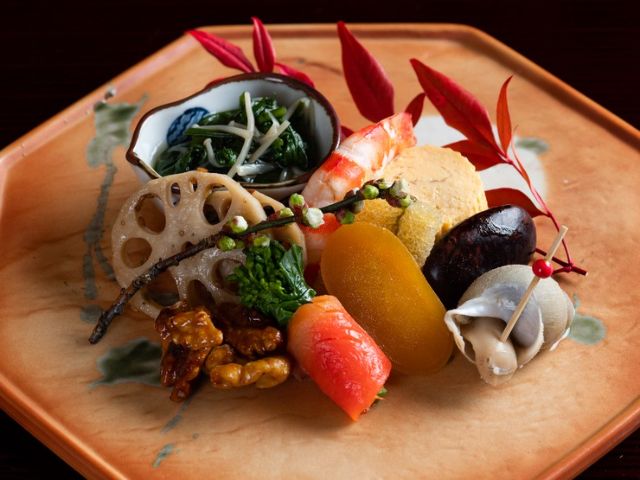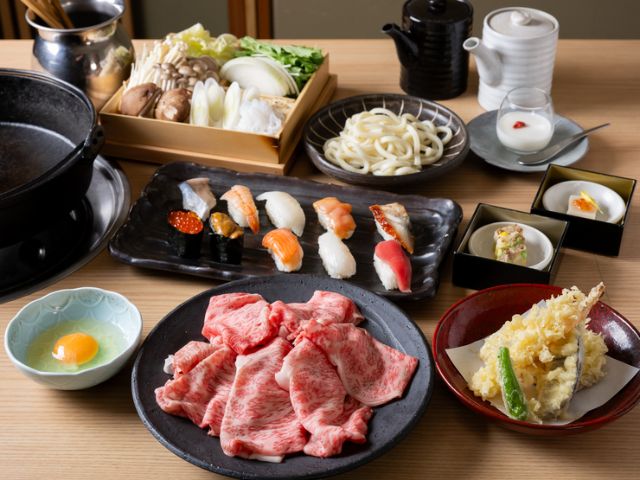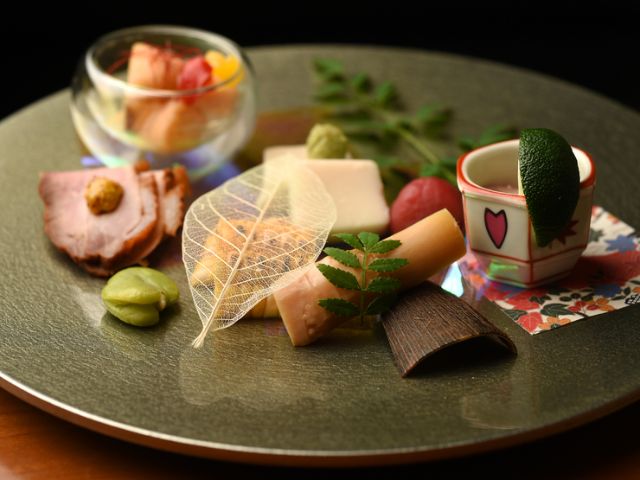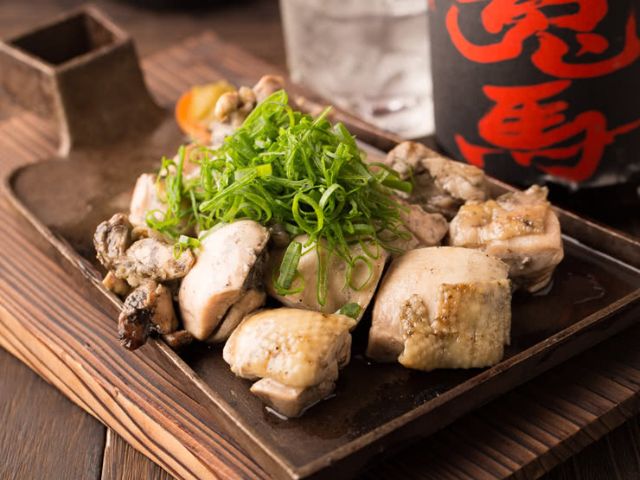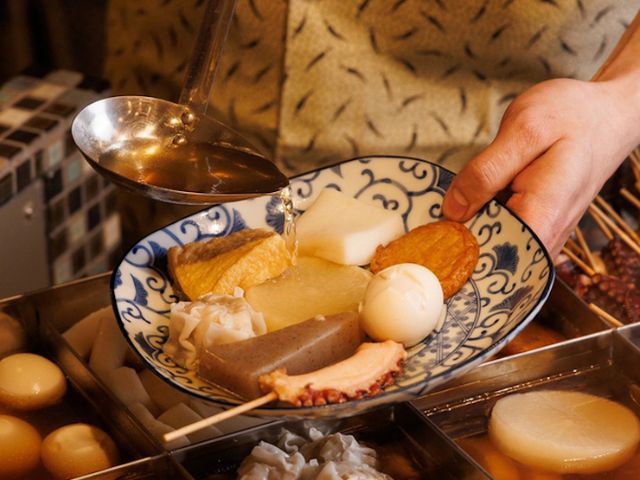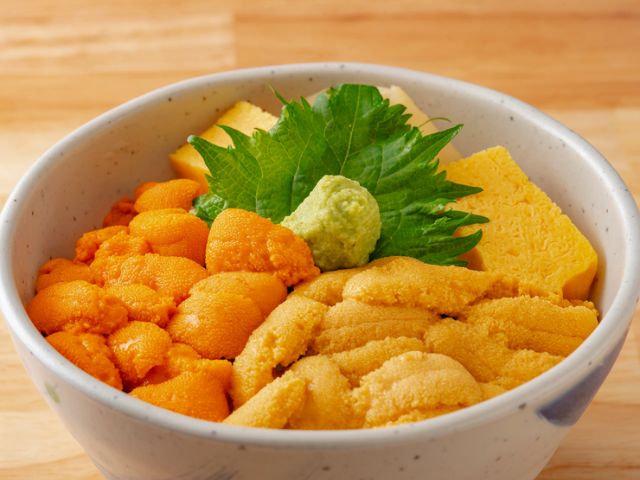An Expat’s Guide to the Top Winter Foods in Japan
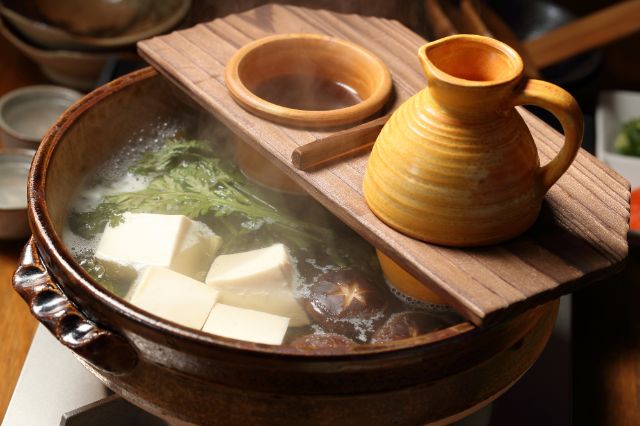
Hot pot dishes: Nabe, sukiyaki, shabu shabu
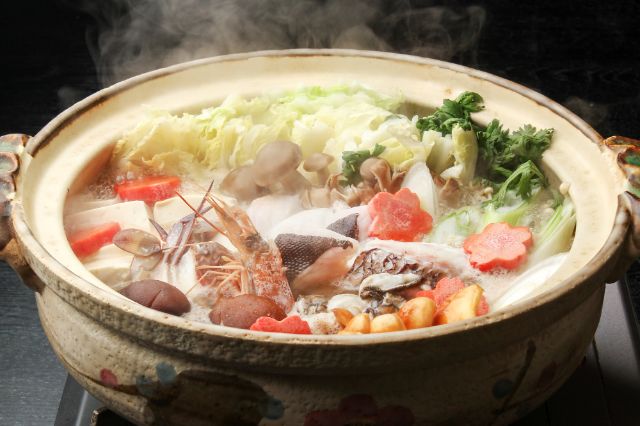
Nabe hot pot is typically made by creating a base stock with flavorings like miso, soy sauce, and fish or seaweed stock called dashi. The dish's ingredients can include meat or seafood, hearty vegetables like cabbage, mushrooms, and carrots, as well as items like fish cakes, konjac, or tofu. When cooking nabe at home, many households use a portable gas stove to keep it warm at the table, where people typically share the dish straight from the pot.
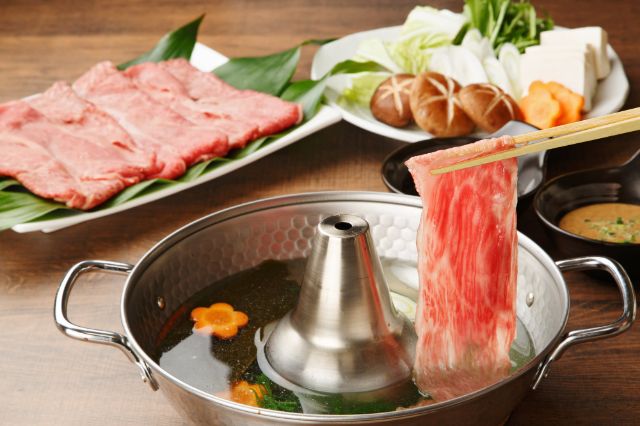
Yakiimo: Baked sweet potato
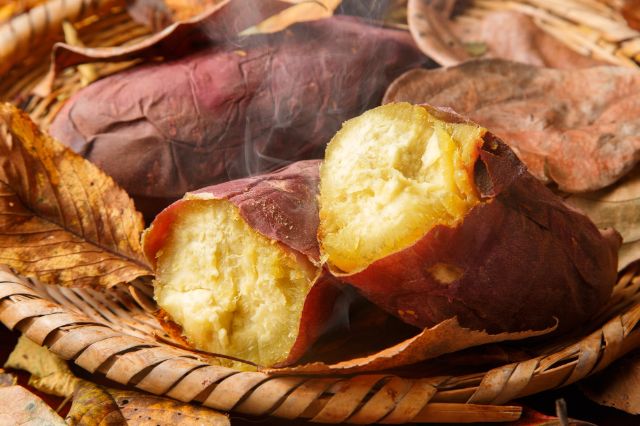
These sweet potatoes are a little different to the orange-fleshed variety you often see in other parts of the world. With a purple skin and golden, slightly creamy flesh, the texture of Japanese yakiimo is sweet and delicious on its own without any additional toppings. You'll often spot these trucks parked around sightseeing spots around Japan, so keep your eye and ears peeled for them. They're a nutritious snack, and when served in a paper bag, they have the added bonus of warming up your hands as well. You can also buy them pre-cooked at many supermarkets: look for them cooking on stones in ovens or grills in the produce section.
Oden

Oden is typically considered a winter food, but you'll find it year round at certain izakaya pubs, food carts, and restaurants. If you've ever come to Japan in the cooler months, you'll also likely spot self-serve trays of oden for sale at the counter of most convenience stores, too.
Mochi
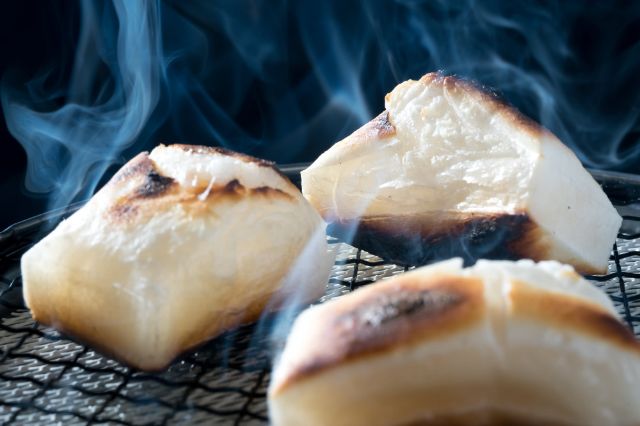
Mochi itself is delicious simply grilled and eaten with soy sauce, but other uses include savory dishes like the traditional New Year's soup called zoni, or filled with red bean paste to create a sweet called daifuku. Mochi is also commonly used as a Shinto New Year's decoration called kagami mochi, which is usually displayed through the holiday season and eaten on the second weekend of January 11th.
Oysters
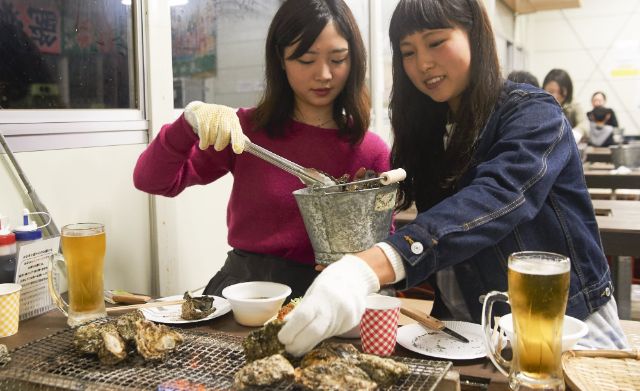
If you're visiting an oyster-catching region of Japan like Hiroshima or Fukuoka, consider visiting a kakigoya, or "oyster hut". In the winter oyster season, you can buy freshly caught oysters by the kilo, often directly from local fishers, then grill them in-shell yourself over a barbeque. While you may need to get a little off the beaten track to find these seaside huts, oyster lovers should definitely try seeking the experience out.
Festive foods: Christmas Cake and New Years Soba
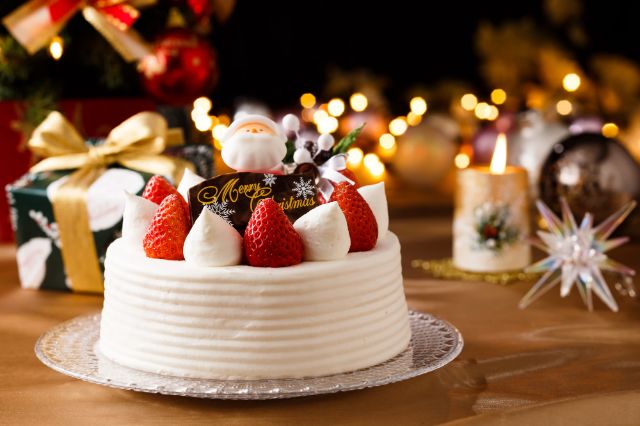
Other flavors and styles of Christmas cakes are available, but they're without fail festive and gorgeous to look at. In fact, I think there are plenty of people in the West who would happily substitute these for the more traditional fruit cake. Families in Japan often reserve a Christmas cake in advance, but if you're in Japan and want to try it for yourself, you can usually find slices or smaller cakes in bakeries and convenience stores around the holidays.
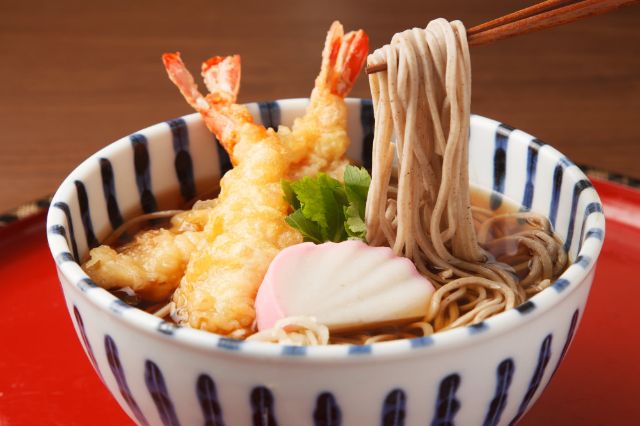
Seasonal Fruits
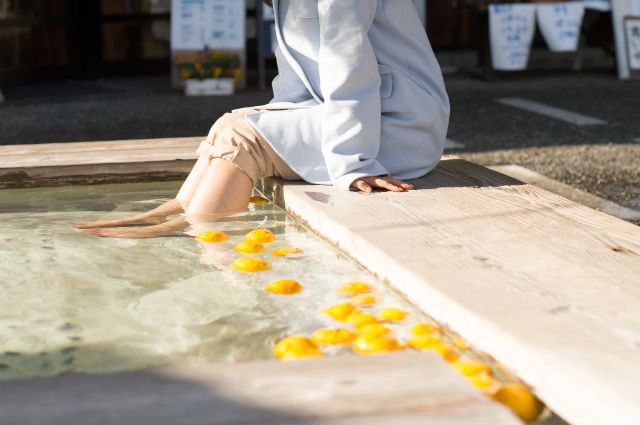
A local tradition that I'm particularly fond of is yuzu baths, where whole yuzu fruits are added to public baths and hot springs on the winter solstice. This highly aromatic citrus fruit releases a refreshing aroma and natural oils into the water. These baths are said to help with relaxation, immunity, and to soften and moisturize the skin. If you're in Japan for the winter solstice, I highly recommend seeking a yuzu bath out! You can easily try a yuzu foot bath or DIY your own at home if you're not up for public bathing, too.
Recommended Restaurants for Winter Foods in the Shinjuku Area of Tokyo
Robata and Oden Kyosuke
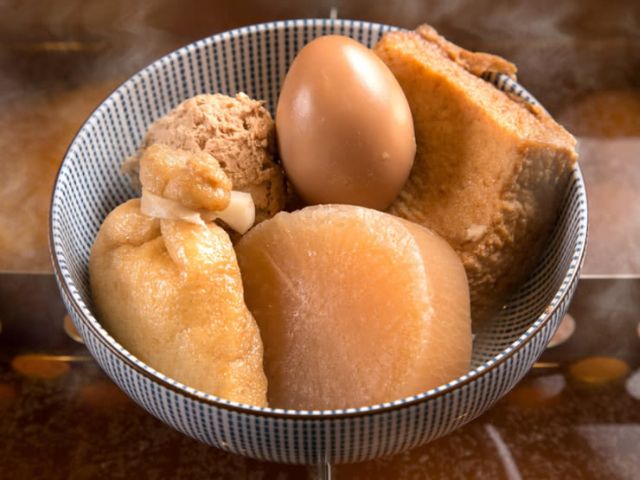
Robata and Oden Kyosuke
Closed: Monday
Average price: [Dinner] 4,000 JPY
Access: 6-minute walk from [Shinjuku station], 1-minute walk from [Shinjuku-sanchome station]
Address: B1F, Yamaguchi Bldg., 3-6-9 Shinjuku, Shinjuku-ku, Tokyo
KINKAWOOKA Odakyu Shinjuku brach
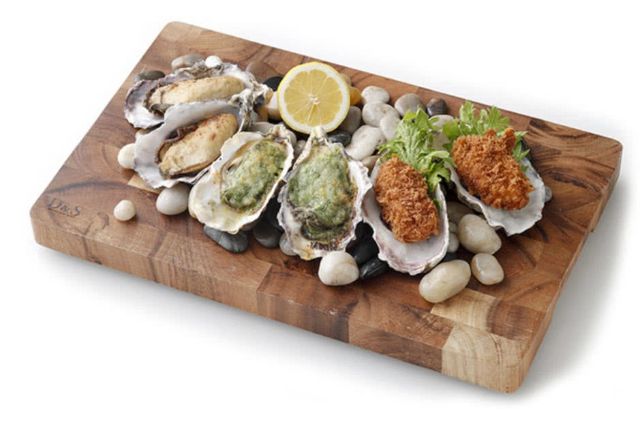
KINKAWOOKA Odakyu Shinjuku brach
Closed: Irregular
Average price: [Dinner] 4,000 JPY / [Lunch] 1,200 JPY
Access: A 5-minute walk from [Shinjuku station], it is located inside Odakyu department store, Shinjuku branch
Address: Shinjuku branch, Odakyu department store, 1-1-3 Nishishinjuku, Shinjuku-ku, Tokyo
Fumotoya Keio Plaza Hotel
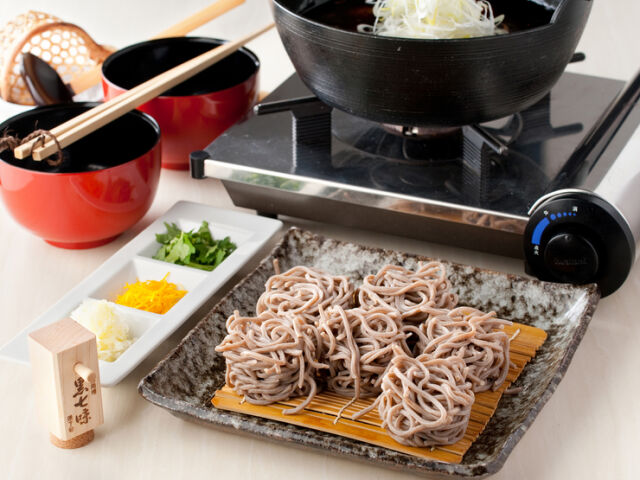
Fumotoya Keio Plaza Hotel
Closed: None
Average price: [Dinner] 5,000 JPY / [Lunch] 1,200 JPY
Access: 5 minutes walk from the west exit of [Shinjuku Station] on JR Lines / 3 minutes walk from exit B1 of [Tochomae Station] on Toei Oedo Line
Address: Keio Plaza Hotel, 2-2-1 Nishi Shinjuku, Shinjuku-ku, Tokyo Map
More Details
Recommended Restaurants for Winter Foods in the Roppongi and Akasaka Areas of Tokyo
Shabuzen Roppongi Branch
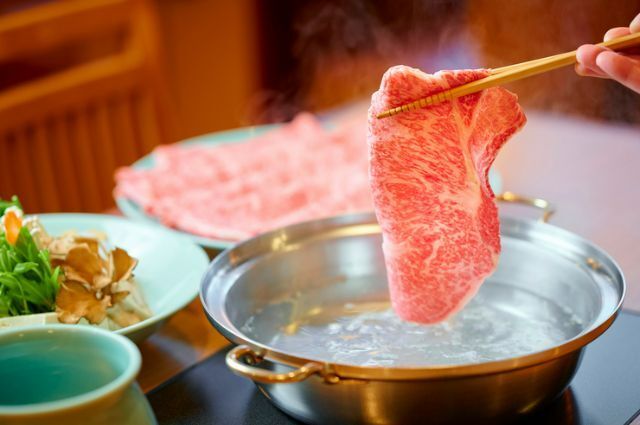
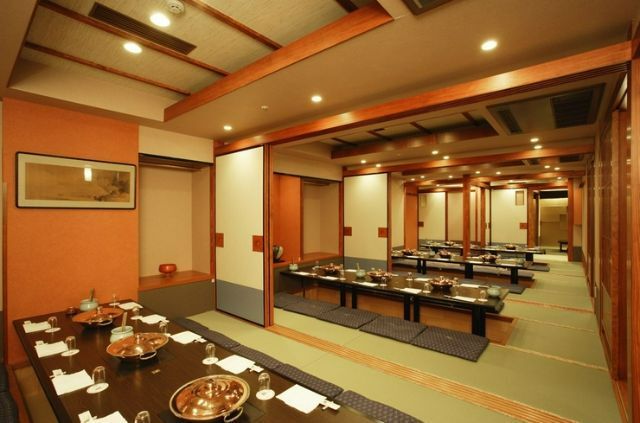
Shabuzen Roppongi Branch
Closed: None
Average price: [Dinner] 8,000 JPY / [Lunch] 1,000 JPY
Access: 5 minute walk from Exit 3 of Roppongi Station on the Tokyo Metro Hibiya Line / Toei Oedo Line, 6 minute walk from Roppongi-itchome Station on the Namboku Line
Address: B1F, Aoba Roppongi Bldg., 3-16-33, Roppongi, Minato-ku, Tokyo Map
More Details Reservation
Azabu-juban Kanazawa
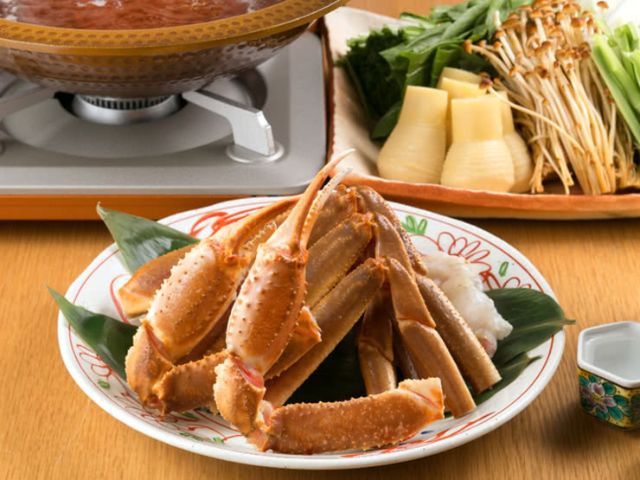
Azabu-juban Kanazawa
Closed: Monday National holidays
Average price: [Dinner] 15,000 JPY
Access: 1-minute walk after crossing the road from exit No.7 of Oedo Line [Azabu-juban station] / 3-minute walk to the right after exiting from the exit No.5B of Namboku Line [Azabu-juban station]
Address: B1F, Hasebeya Bldg., 1-7-7 Azabu-juban, Minato-ku, Tokyo
Akasaka Jinya
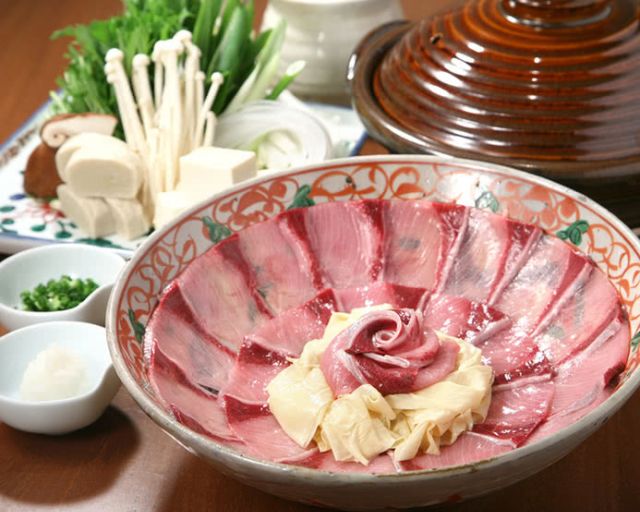
Akasaka Jinya
Closed: None
Average price: [Dinner] 8,000 JPY / [Lunch] 1,000 JPY
Address: Maeda Bldg. 1F, 5-4-17 Akasaka , Minato-ku, Tokyo Map
More Details Reservation
Azabu Shu
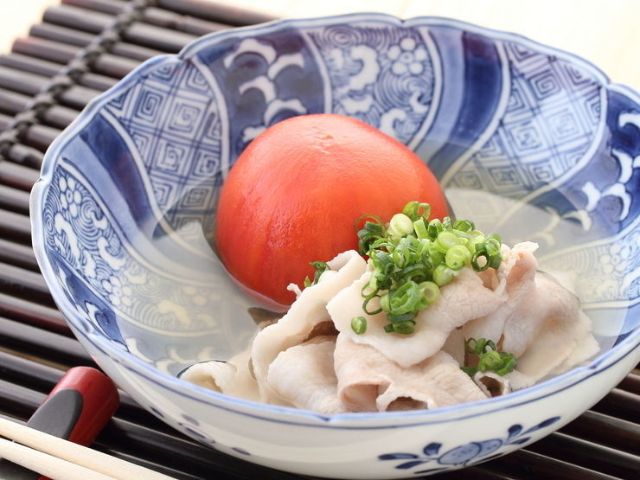
Azabu Shu
Closed: None
Average price: [Dinner] 8,000 JPY
Access: A two minute walk from exit 1 of Azabujuuban Station's Namboku Line. The serene black walls will be your landmark.
Address: Takeda Bldg. , 2-12-8 Azabujuban , Minato-ku, Tokyo
Disclaimer: All information is accurate at time of publication.
Thank you for reading our article.
Our goal is to take your culinary journey to the next level by helping you find the best restaurant. With SAVOR JAPAN, you can search and make reservations for
the Japanese Cuisine restaurants found in and around Roppongi, Shinjuku and Akasaka that fill your needs.
Discover more Japanese Cuisine restaurants by area
- Tokyo Area
- Near Tokyo
- Kyoto and Osaka Area
- Hokkaido Area
- Northern Honshu (Tohoku)
- Central Honshu (Chubu)
- Western Honshu (Chugoku)
- Shikoku
- Kyushu
- Okinawa and Ryukyu Islands
Discover more restaurants to eat Japanese Cuisine by area
Keywords
Related Articles
New Articles
Categories
Cuisine
- Bars (23)
-
Japanese Cuisine (674)
- Kaiseki (46)
- Nabe (19)
- Okonomiyaki (23)
- Shabu Shabu (36)
- Soba (18)
- Sushi (136)
- Tempura (19)
- Teppanyaki (46)
- Shojin Ryori (3)
- Tonkatsu (11)
- Kushiyaki (10)
- Yakitori (44)
- Sukiyaki (35)
- Japanese Cuisine (341)
- Oyster (2)
- Sashimi/ Seafood (19)
- Unagi (eel) (31)
- Motsu Nabe (offal hotpot) (6)
- Mizutaki (chicken hot pot) (3)
- Oden (8)
- Kaisendon (seafood bowl) (9)
- Udon (2)
- Taverns(Izakaya) Cuisine (122)
- Western Cuisine (42)
- Italian/French Cuisine (94)
- Yakiniku/Steak (220)
- Chinese Cuisine (26)
- Ramen (Noodles) Cuisine (24)
- Cafe/Sweets (60)
- Other Asian Cuisine (5)
- Global/International Cuisine (7)
- Alcohol (45)
- Other (11)
Area
- Shikoku (10)
- Kyoto and Osaka (344)
-
Tokyo (452)
- Tokyo (280)
- Ginza (43)
- Roppongi (21)
- Shibuya (25)
- Shinjuku (46)
- Asakusa (20)
- Ebisu (12)
- Tsukiji (10)
- Tokyo Landmarks (4)
- Ueno (23)
- Akihabara (9)
- Ikebukuro (12)
- Jiyugaoka, Denenchofu, Nakameguro (9)
- Shimokitazawa (4)
- Kichijoji (3)
- Tachikawa (1)
- Omotesando, Harajuku, Aoyama (18)
- Akabane (1)
- Kagurazaka (4)
- Akasaka (10)
- Odaiba (1)
- Tsukishima, Harumi, Toyosu (3)
- Near Tokyo (100)
- Okinawa and Ryukyu Islands (58)
- Hokkaido (124)
- Northern Honshu (Tohoku) (31)
- Central Honshu (Chubu) (143)
- Western Honshu (Chugoku) (32)
- Kyushu (91)
Archives
- December 2025(8)
- November 2025(4)
- October 2025(3)
- September 2025(6)
- August 2025(11)
- July 2025(19)
- June 2025(18)
- May 2025(34)
- April 2025(43)
- March 2025(30)
- February 2025(36)
- January 2025(26)
- December 2024(67)
- November 2024(31)
- October 2024(15)
- September 2024(39)
- August 2024(65)
- July 2024(31)
- June 2024(54)
- May 2024(61)
- April 2024(28)
- March 2024(31)
- February 2024(42)
- January 2024(32)
- December 2023(20)
- November 2023(5)
- October 2023(11)
- September 2023(7)
- August 2023(18)
- July 2023(8)
- June 2023(8)
- May 2023(18)
- April 2023(14)
- March 2023(1)
- January 2023(1)
- April 2022(2)
- March 2022(2)
- February 2022(1)
- January 2022(1)
- July 2021(1)
- March 2021(1)
- February 2021(1)
- December 2020(1)
- October 2020(1)
- September 2020(2)
- August 2020(10)
- July 2020(6)
- June 2020(9)
- May 2020(11)
- April 2020(8)
- March 2020(8)
- February 2020(13)
- January 2020(9)
- December 2019(24)
- November 2019(8)
- August 2019(14)
- July 2019(15)
- June 2019(18)
- May 2019(17)
- April 2019(16)
- March 2019(22)
- February 2019(22)
- January 2019(26)
- December 2018(34)
- November 2018(40)
- October 2018(32)
- September 2018(11)
- August 2018(7)
- July 2018(6)
- June 2018(8)
- May 2018(10)
- April 2018(21)
- March 2018(73)
- February 2018(39)
- January 2018(26)
- December 2017(59)
Keywords
- Omakase
- Accessible
- Affordable
- All-You-Can-Eat
- Amazing Scenery
- anime
- Art
- Autumn
- Awards
- Beer Gardens
- Breakfast
- Chef Recommendations
- Cherry Blossoms
- Chinese
- Close To Station
- Condiments
- Counter
- Coupon
- Crab
- Culture
- Dassai
- Dates
- delivery
- Early Summer
- Editor's Recommendation
- English Available
- Event
- Expo
- Fall Leaves
- Family-Friendly
- Famous Restaurant
- Famous Tourist Spot
- Fast Food
- festival
- fireworks
- Flower Farm
- Free Wi-Fi
- French
- Great Location
- Guide
- Hibachi
- hotpot
- How To
- hydrangea
- Hygiene
- Illumination
- Italian
- Izakaya
- Japanese
- Japanese alcohol
- jingisukan
- Kaiseki
- Kappo
- Kushiage
- Kushikatsu
- Kyoto
- Late-Night
- Lunch
- Manners
- matsusakagyu
- Michelin
- mizutaki
- Model Course
- monjayaki
- motsunabe
- Mt.Fuji
- Multilingual Menus
- Nabe
- Narita Airport
- New Year
- Ninja
- Noodle
- Oden
- Okonomiyaki
- omotenashi
- Onsen
- Osaka
- Osaka Station
- Photogenic Site
- pizza
- PR
- Private Room
- Ramen
- ranking
- Recipe
- Regional Cuisine
- Resort
- Rice Bowl Dish (Donburi)
- sacred places
- Sake
- Sakura
- Sashimi
- sea urchin
- Setouchi Area
- Shabu Shabu
- sightseeing
- Signature Dish
- Soba
- Solo Diners Welcomed
- Spicy Food
- Spring
- Steak
- Summer
- Sunflower
- Sushi
- takeout
- Teppanyaki
- Terrace Seating
- Tokyo
- Tokyo Experiences
- Tokyo Skytree
- Tokyo Tower
- unagi
- UNESCO
- Vegan
- Vegetarian
- Wagyu
- What Popular Gourmet Sites Recommend
- Whisky
- Wine Bar
- Winter
- Wisteria
- Workshop
- World Heritage Site
- World Writers
- Yakiniku
- Yoshoku
- Yuba
- Zen
Discover Restaurants By Area
-
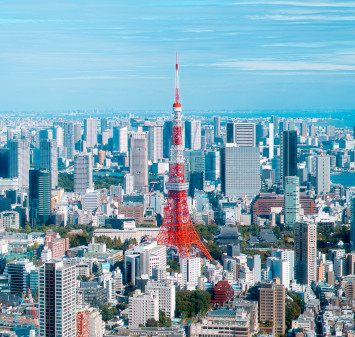
Tokyo Area
Japan's largest city, Tokyo, is the center of culinary culture in Japan. Countless Tokyo restaurants serve every kind of food imaginable and the Toyosu fish market keeps restaurants stocked with the nation's finest fish.
-
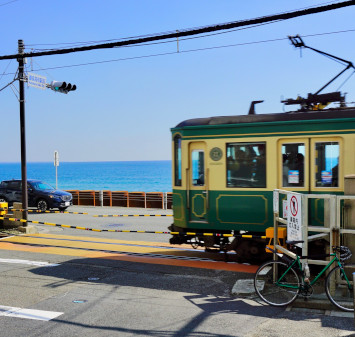
Near Tokyo
Coastal areas, mountains and valleys surrounding Tokyo are bursting with tourist destinations, such as hot springs and ski slopes, where many unique foods are only available locally.
-
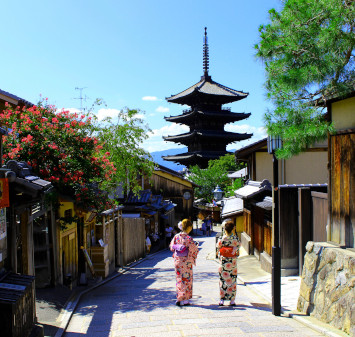
Kyoto and Osaka Area
The cities of Kyoto and Osaka, together with their surrounding areas, have greatly influenced Japan's culinary culture since the 7th Century. The region is renowned for its entertainment, Kobe beef, and wide-ranging traditional dishes.
-
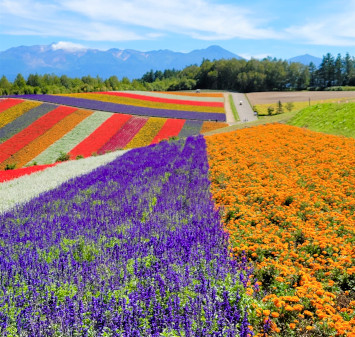
Hokkaido Area
The island of Hokkaido is home to wide-ranging produce of the finest quality, such as rice, meat, vegetables, fish and fruit. Popular dishes from Hokkaido include robatayaki (food slowly roasted on skewers) and Sapporo miso ramen.
-
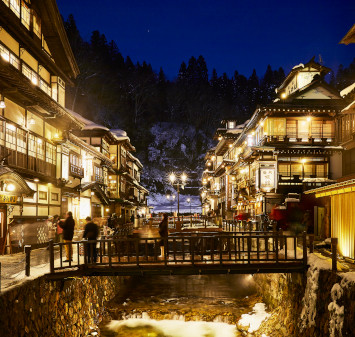
Northern Honshu (Tohoku)
The northern end of Japan's main island, Honshu, is renowned for its seasonal fruit and vegetables, nation-leading harvest of fish (especially tuna from Ohma), and delicious beef from Yonezawa, Sendai and Yamagata.
-
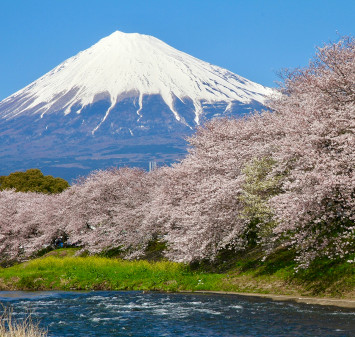
Central Honshu (Chubu)
Chubu is in the center of Japan's main island, Honshu, and its culinary culture reflects its position between Japan's western and eastern halves. Delicious Hida beef, world-famous Mount Fuji and many acclaimed sake breweries are in Chubu.
-
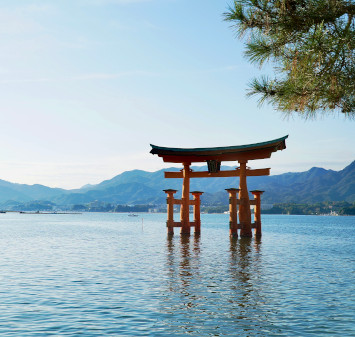
Western Honshu (Chugoku)
Chugoku, on the southwest of Japan's main island, is rich with diverse produce. Many of its products are praised as Japan's best, including Matsuba crabs from Tottori and oysters from Hiroshima. Its pears and muscats are also top grade.
-
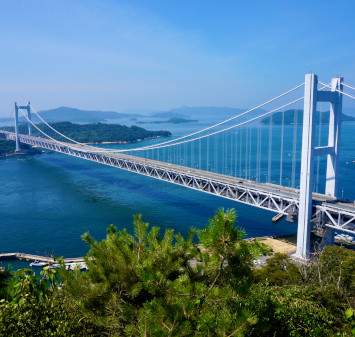
Shikoku
The mild climate of Shikoku is ideal for growing citrus fruit such as sudachi. Shikoku is also famous for Sanuki udon noodles, huge yields of tiger prawn from Ehime Prefecture and the best torafugu (tiger globefish) in the country.
-
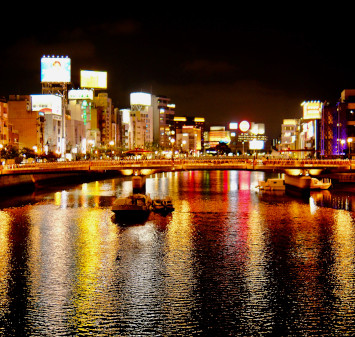
Kyushu
Western culture was first introduced to Japan through Kyushu, Japan's third largest island, where the influence of Portuguese and other western cuisine influenced the creation of a colorful culinary tradition.
-
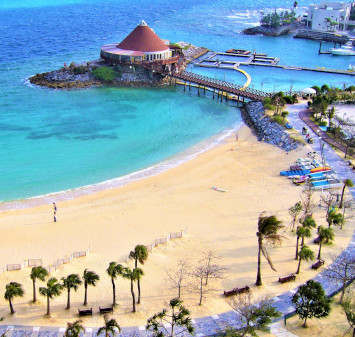
Okinawa and Ryukyu Islands
Okinawa, Japan’s southernmost prefecture, is a treasure trove of distinctive dishes and drinks that have become popular throughout Japan, including Okinawa soba, unique sushi toppings and Awamori distilled liquor.
